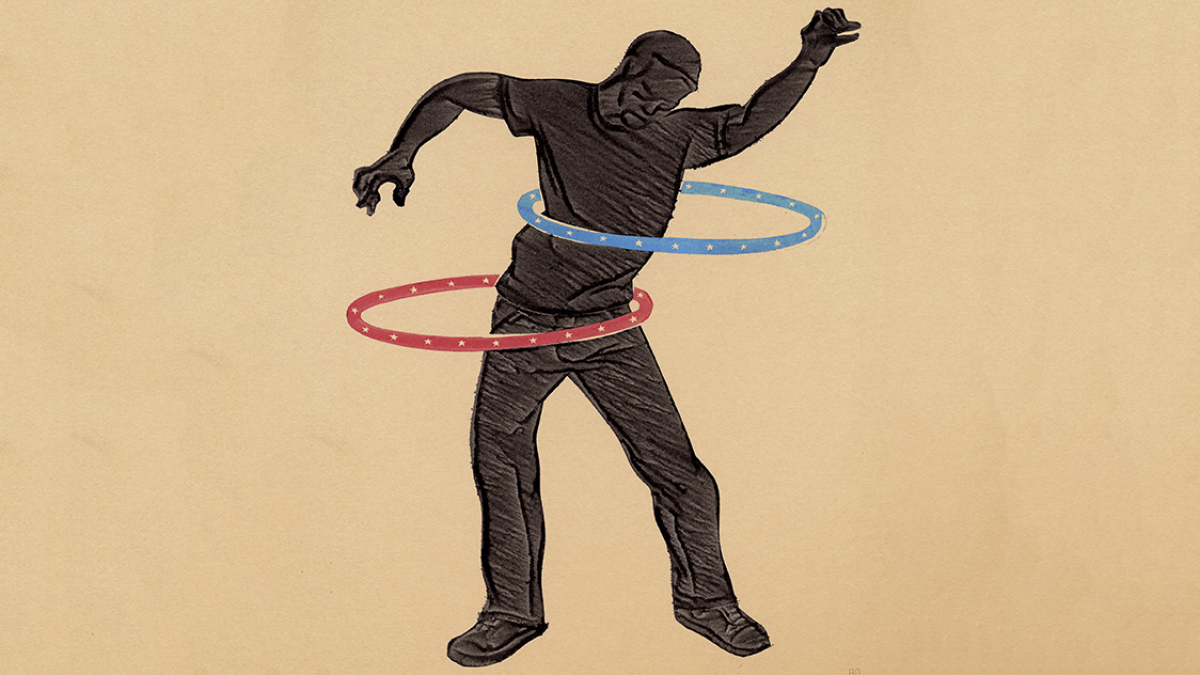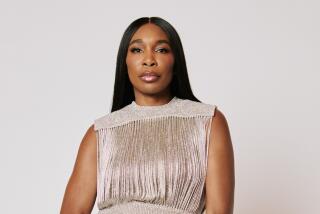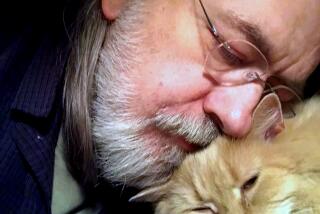Double bubble trouble: John Scalzi on living in two Americas

As a writer of liberalish tendencies, and one with an active â meaning, loud â political and social presence online, I am often accused (particularly on Twitter, the Wild West of social media) of being a âcoastal elite.â Which is to say, one of those latte-drinking multiculturalists loitering in one of the big cities with an ocean nearby â but not the Gulf of Mexico, which totally does not count â who doesnât know what itâs like for the honest, hard-working real Americans in the âflyover country,â a place someone like me would never visit.
Well. To those who accuse me thus, I invite you to visit my current hometown of Bradford, Ohio, population 1,850. Itâs on the edge of Darke County, population 50,000, of which roughly 98% of its inhabitants are white. In the last presidential election, a full 78% of Darke County voters pulled the lever for Donald Trump.
This âcoastal eliteâ lives in a place where there is so little light pollution he can see the Milky Way, where the nearest McDonaldâs is 10 miles away, where a traffic jam is three cars behind an Amish buggy, and where the sound of repeated gunfire is not a cause for alarm but just the neighbors getting in some target practice.
So this is where I live, and you know what? Itâs a nice place to live. Itâs a place where your neighbors will plow your driveway after a snowstorm, who will look after your house when youâre away. They are kind and friendly people, who value family and community. I like living here.
But, and this is important, itâs not the only place I live on a daily basis.
The other place I live is in my community of writers and creative people, which is, in fact, multicultural, multigendered and multilifestyled, and whose members I see every day online on Twitter and Facebook, and monthly at conventions and other professional gatherings.
A full 78% of Darke County voters pulled the lever for Donald Trump....and you know what? Itâs a nice place to live.
Itâs not an exaggeration to say that thanks to travel, I see some of these creative people more often than I see some of the people in Bradford. With social media, I talk to writers and creators living in New York, Chicago, Los Angeles, Washington and elsewhere around the world on a more than daily basis.
This community is liberal, whereas my physical world community is conservative; almost none of my creative community voted for Trump (even the occasional nonliberal in this tribe voted for Gary Johnson or Evan McMullin). Like my real world neighbors, these virtual neighbors are lovely people, whom I can bounce creative ideas off of, celebrate achievements and commiserate career potholes with, count on for support and give support to. This community is my home, as much as the community of Bradford is my home.
My two communities are sharply defined to the point of near exclusion from each other â itâs fair to say that the only thing these two communities have in common is me and my family. But I rather strongly suspect that I am not the only person who finds himself in the very small overlap of two (or more!) entirely disparate communities. I am not the only liberal I know who lives in a small rural town, and in my own circle of acquaintances, I know conservatives who dwell among throngs of liberals; nor is politics the only nexus of communities, even if it is the one Iâm focused on now. Itâs fair to say weâve all found ourselves simultaneously living in separate worlds, sometimes contentedly and sometimes not.
Right now, both the places where I live are highly suspicious of each other. My creative community â with reason â sees Trump as a racist, a sexist and a white nationalist, and his White House as harboring anti-Semites and those who see the Constitution of the United States as something to get around rather than revere. Thereâs a strong belief in this community that those who voted for Trump either signed up for this bigotry directly, or were willing to put up with it, at the expense of so many other citizens and residents of this nation, for the nebulous goal of âmaking America great again.â
My creative community â with reason â sees Trump as a racist, a sexist and a white nationalist, and his White House as harboring anti-Semites...
On the the flip side, a lot of people in Bradford and Darke County believe that what recovery happened in the U.S. over the last several years has left them behind, and that their own lives have become more precarious as others have prospered. They believe a lot of that is down to the government â not just Barack Obama (who, to be clear, many believe shouldered a great deal of responsibility), but all of the government in general.
Many of them believe that liberals helped create the problems that rural, white America faces and donât care what happens to them, instead thinking of them as racist yokels who deserve what they get. Many of them take that personally, and see Trump as a corrective.
No, Iâm not going to tell you that each of these arguments has objectively equal weight. I donât think they do (Iâm a liberal; guess which argument I think is more sound?). But Iâm not going to say that either argument is entirely weightless, either. The liberals are right that Trumpâs administration has both tacitly and explicitly condoned racism, sexism and bigotry, and has played fast and loose with the Constitution, and none of that is news â Trump is merely fulfilling the promises of his campaign on this score.
Iâm not so foolish as to believe that if the people in them just met each other, they would come to find a common ground, hug and then sing old-timey songs...
No one who voted for the current president can say with a straight face that he or she didnât know this was part of the package. It was, and they voted for it anyway. Itâs all right to hold his voters accountable for it.
Itâs also true that rural America was left behind in the Obama-era recovery â as were many other middle- and lower-income people, families and communities, rural and urban, as the lionâs share of the gains went to largely suburban and city-dwelling upper classes. Itâs not accurate to say that Trumpâs appeal was purely rooted in economic populism (thereâs a reason he and his crew leaned hard into bigotry and nationalism; because it worked). But itâs also not accurate to leave that out or to minimize it, either, and I see that happening. I think itâs wrong, or at the very least misleading, to focus on one entirely and not at least acknowledge thereâs also validity in the other.
As someone who lives in two separate communities, Iâm not so foolish as to believe that if the people in them just met each other, they would come to find a common ground, hug and then sing old-timey songs around a campfire. The property of community isnât necessarily commutative. Weâre not all going to just get along.
But if weâre not going to get along, maybe one small thing we can do is acknowledge where our communities have legitimate grievances. Conservatives, liberals are not wrong that the Trump administration is appallingly racist and unjust; liberals, conservatives are not wrong to fear that rural (and yes, white) America is being left behind. Sympathy in both cases might be too much to ask for, but empathy might not be.
And perhaps thatâs what those of us who find ourselves in the overlap of two disparate communities can offer â not fake-reasonable âmoderateâ fence-sitting, but understanding of our communities and the ability to articulate that understanding to others. Iâm not at all shy in my political opinions, and Iâm sarcastic as hell, but I find it hard to caricature either rural conservatives or creative liberals, because I live with both, every day. I know the caricatures are incomplete.
I disagree politically with most of the people I live with in Bradford. I think that theyâve been sold a bill of goods in this last election and that they will suffer for it. But I canât and donât hate them (without specific, personal reason). Nor when the hammer I fear is coming falls on them, will I be able just to say, âWell, thatâs what you voted for,â and turn away. They are my neighbors.
Meanwhile, the hammer is already falling in my creative community, which is seeing racism and anti-Semitism and transphobia ramping up. I wonât turn away from it either â and along with the support I can offer directly, this community deserves me arguing for it and its value to people who might listen to me, who might not otherwise listen at all.
These are things I can do. I think theyâre things anyone who live in two communities can try to do. Maybe none of us will bring those communities closer together. But in a time where people have a hard time believing anyone could be a part of more than one community â more than one mind-set or way of thinking â maybe we can show that these communities are not as closed off as they seem.
Scalzi, a Los Angeles Times critic at large, is a Hugo Award-winning novelist. His latest book, âThe Collapsing Empire,â publishes March 21.
More to Read
Sign up for our Book Club newsletter
Get the latest news, events and more from the Los Angeles Times Book Club, and help us get L.A. reading and talking.
You may occasionally receive promotional content from the Los Angeles Times.











